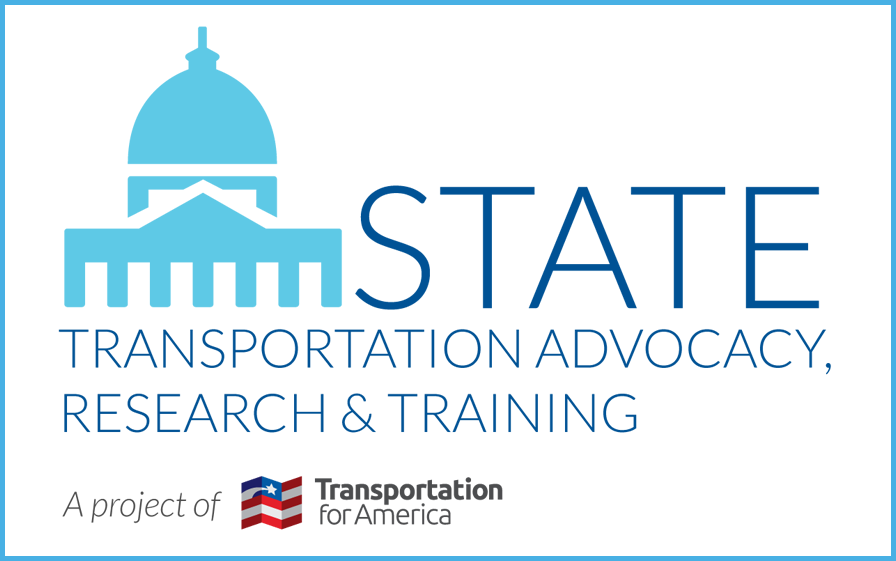
 Arial views of the Des Moines, IA region, one of the metro areas Transportation for America worked with. (Image: USDA photo by Preston Keres)
Arial views of the Des Moines, IA region, one of the metro areas Transportation for America worked with. (Image: USDA photo by Preston Keres)
Transportation for America recently wrapped up a year of work with six metro areas to direct their transportation dollars to projects that help them achieve their goals and become the kinds of places they aspire to be.
Here’s a simple and perhaps obvious fact about transportation funding: There will never be enough money to do all the things we want to do. Even when the federal government, states, or localities come up with additional new money through a ballot measure or a gas tax increase or the like, the list projects that we want to build just grows along with the dollars.
So what’s the recipe for success? Like most truths in life, the answer is simple, but hard. Transportation agencies that want to succeed must: 1) articulate their goals, 2) evaluate transportation projects to ensure they are well-connected to those goals, and then 3) track how those projects perform after they are built. That is the simple idea behind performance measures in transportation. And sadly, their use is rare.
While 75 percent of the metropolitan planning organizations (MPOs) we surveyed in 2017 (78 of 104) used performance measures in some fashion in their last long-range plan, less than half (45 out of 104) actually used them to explicitly select which projects to include in the plan. Less than half of them actually created a system to determine “whether or not this project will move the needle on our overall goals.” (MPOs are the federally created regional agencies that plan and distribute federal transportation money within metro areas.)
Pretty much every metro area across the nation has a clear list of priorities or goals for their transportation dollars, but those goals are rarely used to choose projects for funding. For example, “repair” is a top, stated priority for transportation agencies everywhere. But all too often, the state or metro area is more likely to fund new, expensive projects that add capacity—projects that also come with years of embedded maintenance costs. And then you end up with a situation similar to Mississippi’s, where they’ve spent millions building highways across the state that they can’t afford to maintain.
This isn’t a funding problem, this is a failure to set priorities.
Over the last year, thanks to support from the Kresge Foundation, Transportation for America has worked closely with six MPOs that want to change this paradigm. We worked with these transportation leaders to create more effective systems that fund the transportation projects that best line up with their stated priorities. Those MPOs were:
- Des Moines Area Metropolitan Planning Organization (Des Moines, IA);
- Imperial Calcasieu Regional Planning and Development Commission (Lake Charles, LA);
- Michiana Area Council of Governments (South Bend, IN);
- Rapides Area Planning Commission (Alexandria, LA);
- Roanoke Valley Transportation Planning Organization (Roanoke, VA); and
- Sarasota/Manatee Metropolitan Planning Organization (Sarasota, FL).
 Beth Osborne presenting at a workshop with the Sarasota/Manatee MPO. (Image: Staff)
Beth Osborne presenting at a workshop with the Sarasota/Manatee MPO. (Image: Staff)
Our work with these six unique metro areas was intended to align their project funding with their regional priorities. None of these metro areas are huge cities or regions with a large staff or tons of funding to buy elaborate models; but all six of these MPOs are well on their way to becoming national leaders in using performance measurement to better line up the projects they choose with the goals they’re pursuing.
Throughout or work, we were also encouraged by how every single one of these MPOs were interested in moving beyond the traditional, simple performance measures like pavement condition, congestion, or safety. All six were interested in coming up with measures that work for all of their residents and better reflect what their residents deal with on a daily basis—not just measures that assess how the system works for people who drive everywhere. There was a strong undercurrent of concern about equity and ensuring that they create processes that steer transportation investments in ways that create opportunity for everyone.
The challenges that these six metro areas are facing are unique and really digging in to solve them demands a tailored approach. For example, Sarasota is facing housing and transportation costs that might be distorted because a percentage of their housing market is made up of second vacation homes, while a place like Roanoke has faced challenges attracting a labor pool and maintaining its young adult population. The kind of tailored assistance that the Kresge Foundation enabled us to provide relevant support that, in turn, made change possible on the ground.
Transportation is a particularly difficult field to change—we’ve done things the same way for generations. Change does not come overnight, but we’re excited to see how these six metro areas lead with performance measures. Our sincere thanks goes to the Kresge Foundation for their support of this valuable work and we hope other MPOs are given the opportunity to learn like these six did.





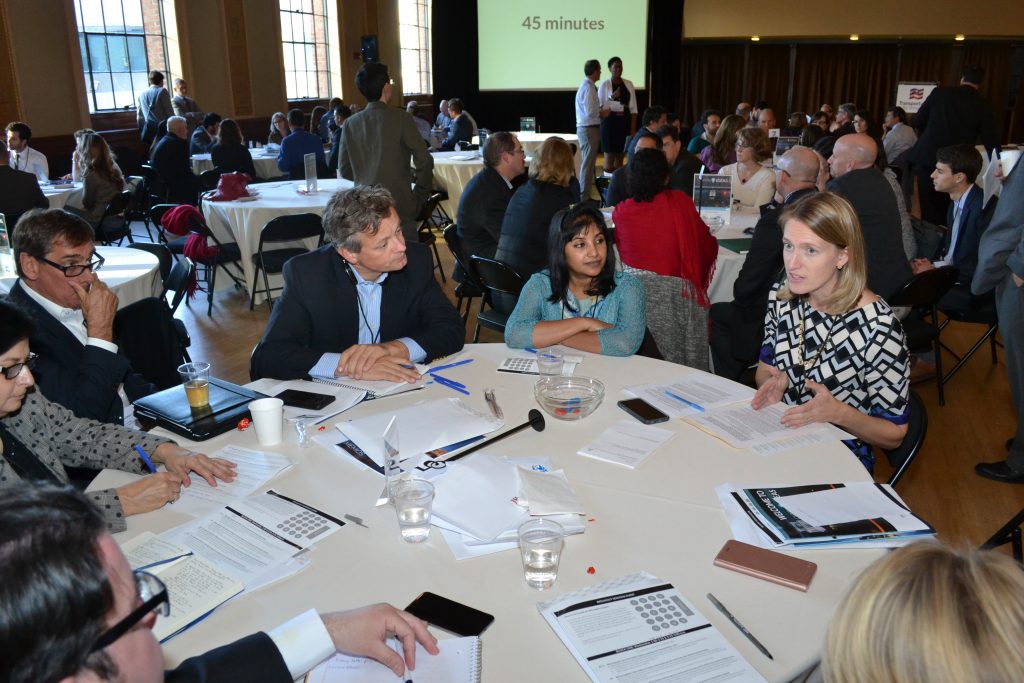
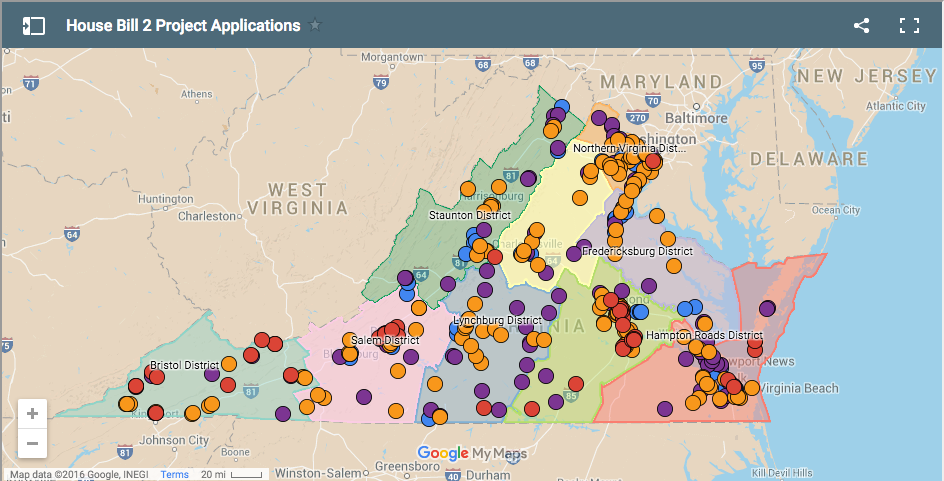
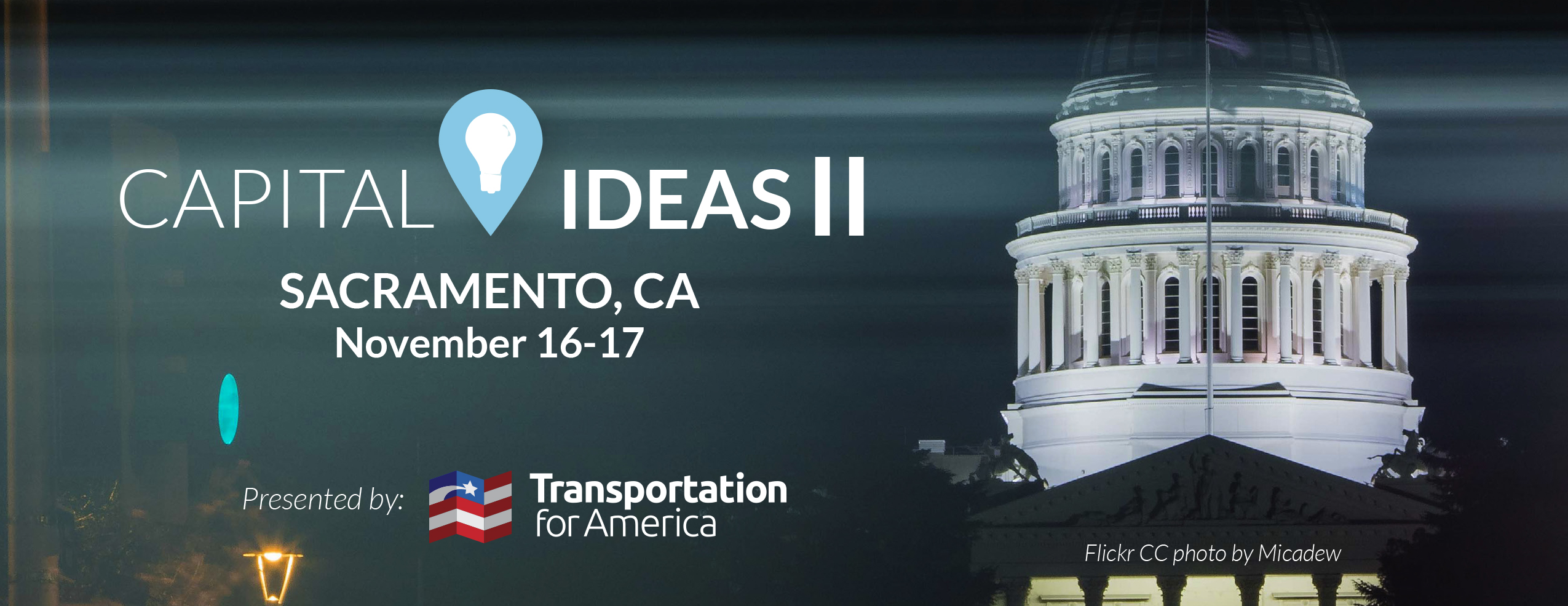

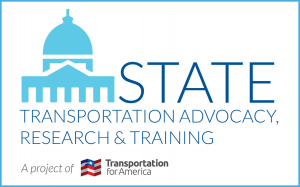
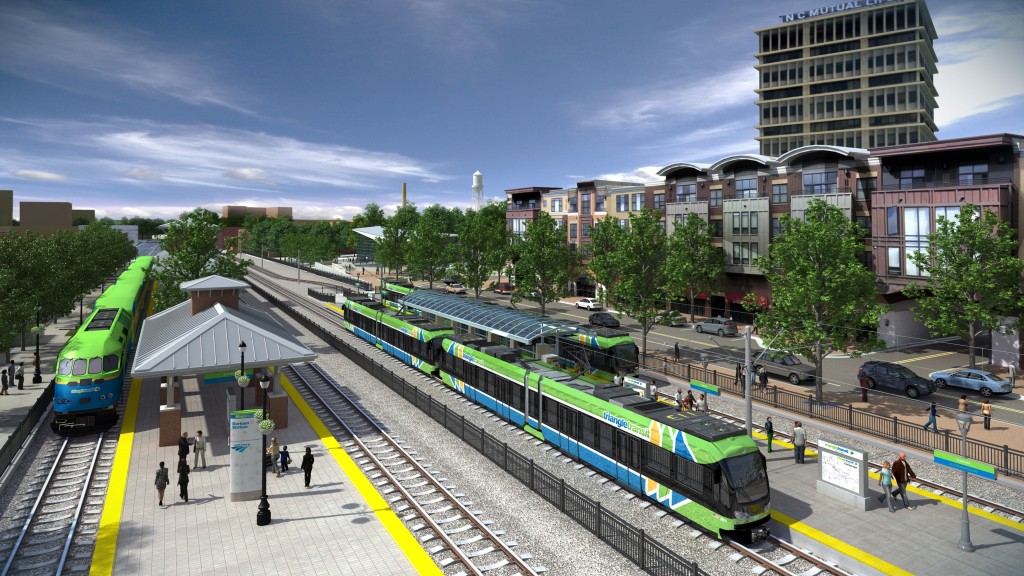

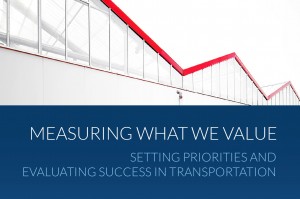
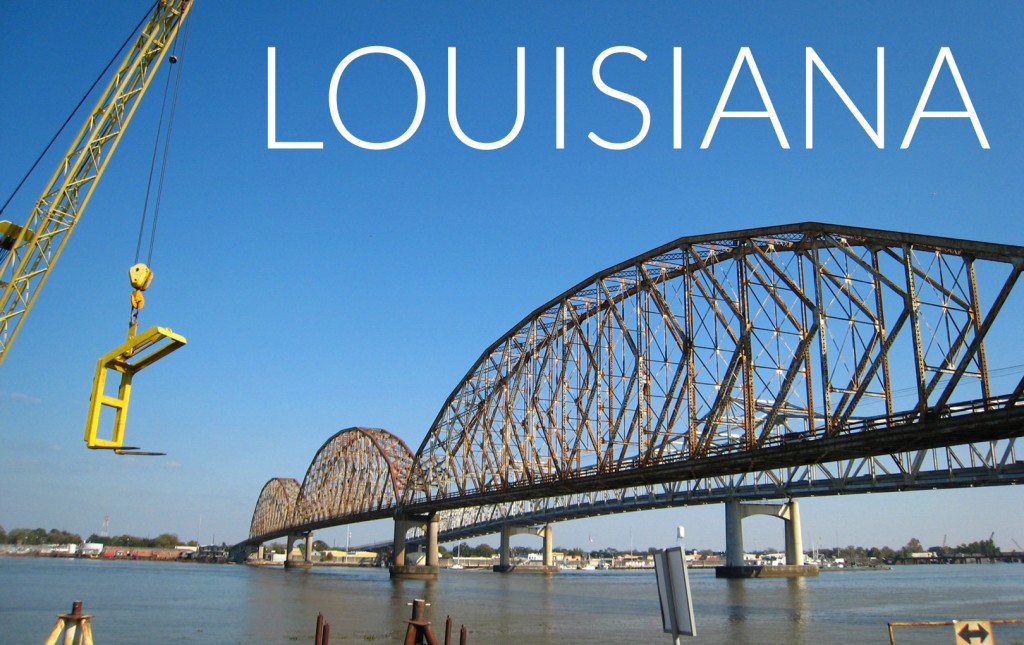
 Louisiana is taking some first steps to fix that process while also trying to raise new money. A recent bill to raise the state sales tax by one cent to fund major projects
Louisiana is taking some first steps to fix that process while also trying to raise new money. A recent bill to raise the state sales tax by one cent to fund major projects 